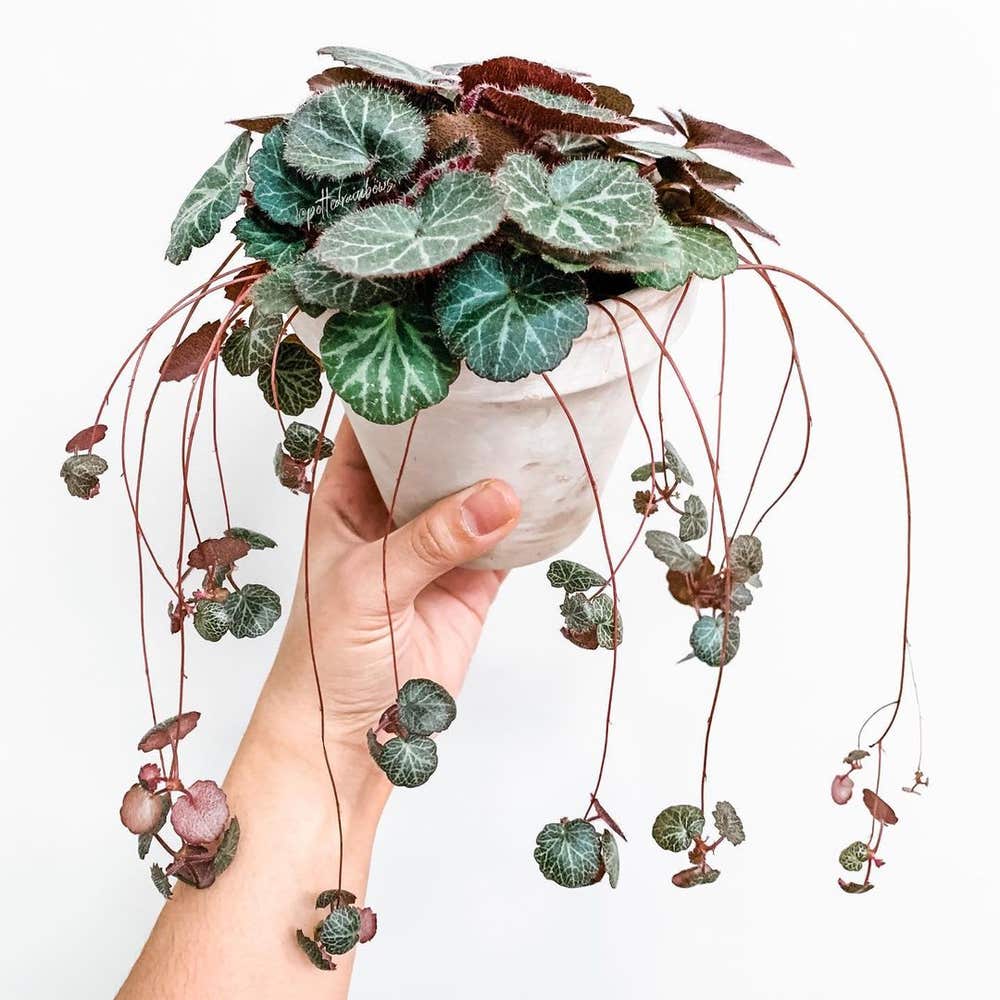The strawberry begonia is a delightful plant known for its trailing vines and charming white flowers with a yellow center. To successfully cultivate this beauty, understanding the optimal planting conditions is crucial.
Choosing the Right Pot and Soil
Pot Size: Select a pot that is slightly larger than the plant’s root ball. Ensure it has drainage holes to prevent waterlogging.
Ideal Lighting Conditions
Bright, Indirect Light: Strawberry begonias thrive in bright, indirect light. An east- or west-facing window is ideal. Avoid direct sunlight, as it can scorch the leaves.
Temperature and Humidity
Temperature Range: These plants prefer moderate temperatures between 65-75°F (18-24°C). Avoid exposing them to cold drafts or extreme heat.
Watering Your Strawberry Begonia
Proper watering is essential for the health of your strawberry begonia. Here’s a guide to watering techniques:
Watering Frequency

Check Soil Moisture: Before watering, check the soil moisture by inserting your finger about an inch deep. If the soil feels dry, it’s time to water.
Water Quality
Use Room Temperature Water: Use room temperature water to avoid shocking the plant’s roots.
Caring for Your Strawberry Begonia
Proper care practices are vital for maintaining the health and beauty of your strawberry begonia.
Fertilizing
Fertilizer Schedule: Fertilize your strawberry begonia once a month during the growing season (spring and summer) with a balanced liquid houseplant fertilizer diluted to half strength.
Pruning
Prune Dead or Damaged Leaves: Regularly remove any dead, damaged, or yellowing leaves to promote healthy growth.
Propagating Your Strawberry Begonia

Propagation Method: Strawberry begonias can be easily propagated by stem cuttings or runners.
Common Pests and Diseases
While strawberry begonias are relatively pest and disease resistant, they can be susceptible to the following issues:
Mealybugs: These small, white, cottony insects can infest the plant. Treat them with insecticidal soap or neem oil.
By following these care tips, you can enjoy the beauty of your strawberry begonia for years to come.
